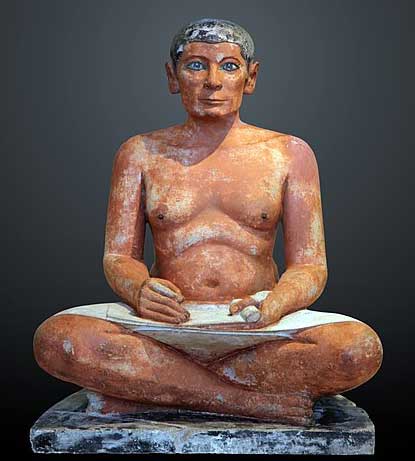On October 7, 1992, an elderly man named Tevfik Esenç died in Turkey, and with him - on that day - died the Ubykh language.
Once spoken by 50 000 people in the northwest Caucusus, Tevfik Esenç was the last remaining native speaker. 1/
Once spoken by 50 000 people in the northwest Caucusus, Tevfik Esenç was the last remaining native speaker. 1/

Ubykh belonged to the Adygean branch of the Northwest Caucasian language family. The Ubykh were a Muslim people, renowned for their fiercely independent character and extraordinary courage in battle. 2/ 

Until 1864, 40,000-50,000 Ubykh lived along the east shore of the Black Sea, near Sochi, north-west of Abkhazia. Following a failed revolt against Tsarist rule, essentially the entire population was expelled, and exiled to Turkey, where their language slowly withered away. 3/ 

40 years after the expulsion of the Ubykh, the man who would become the last speaker of the language, Tevfik Esenç, was born in the Turkish village of Haci Osman, where most Ubykh speakers ended up after the 1864 expulsion. He was raised by his Ubykh-speaking grandparents. 4/ 



Julius von Mészáros, a Hungarian linguist, visited Turkey in 1930 and took notes on Ubykh from native speakers. His work Die Päkhy-Sprache, published in 1934, was accurate to the extent allowed by his transcription system, and marked the foundation of Ubykh linguistics. 5/ 





The Frenchman Georges Dumézil also visited Turkey in 1930 and would become the most celebrated Ubykh linguist. Working with Tevfik Esenç he published a collection of Ubykh folktales in the late 1950s, and in 1975 a comprehensive account of the morphology of the language. 6/ 

Ubykh is a phonologically complex language with an extraordinary 84 consonants (a record, apart from the Khoisan languages of SA) & only 2 phonological vowels. Because of its immense difficulty there is no realistic prospect of the language being revived outside of academia. 7/ 

Tevfik Esenç died in 1992 at the age of 88. On his tombstone of white marble is carved, according to his wishes:
"This is the grave of Tevfik Esenç. He was the last person able to speak the language they called Ubykh." 8/
"This is the grave of Tevfik Esenç. He was the last person able to speak the language they called Ubykh." 8/

Tevfik Esenç's voice however lives on in the recordings he made with Georges Dumézil and later with his associate Georges Charachidzé to help document his language. 9/
Miraculously, 55 of these recordings are available online here:
pangloss.cnrs.fr/corpus/Ubykh?l…
Miraculously, 55 of these recordings are available online here:
pangloss.cnrs.fr/corpus/Ubykh?l…

You can hear Tevfik Esenç narrating the story of the "Two Travellers and the Fish" in Ubykh here, with both French and English translation. 10/
At the end of his very last and final audio recording, Tevfik Esenç addressed the following words to his long-time collaborator Georges Charachidzé: 11/ 

27 years after Tevfik Esenç - and the Ubykh language - died, his granddaughter Burcu made a documentary on his life and the story of the Ubykh people. You can watch the trailer here.
It's called ‘I Had a Dream You Won’t Understand Even If I Tell’. 12/
mubi.com/films/i-had-a-…
It's called ‘I Had a Dream You Won’t Understand Even If I Tell’. 12/
mubi.com/films/i-had-a-…
• • •
Missing some Tweet in this thread? You can try to
force a refresh


















